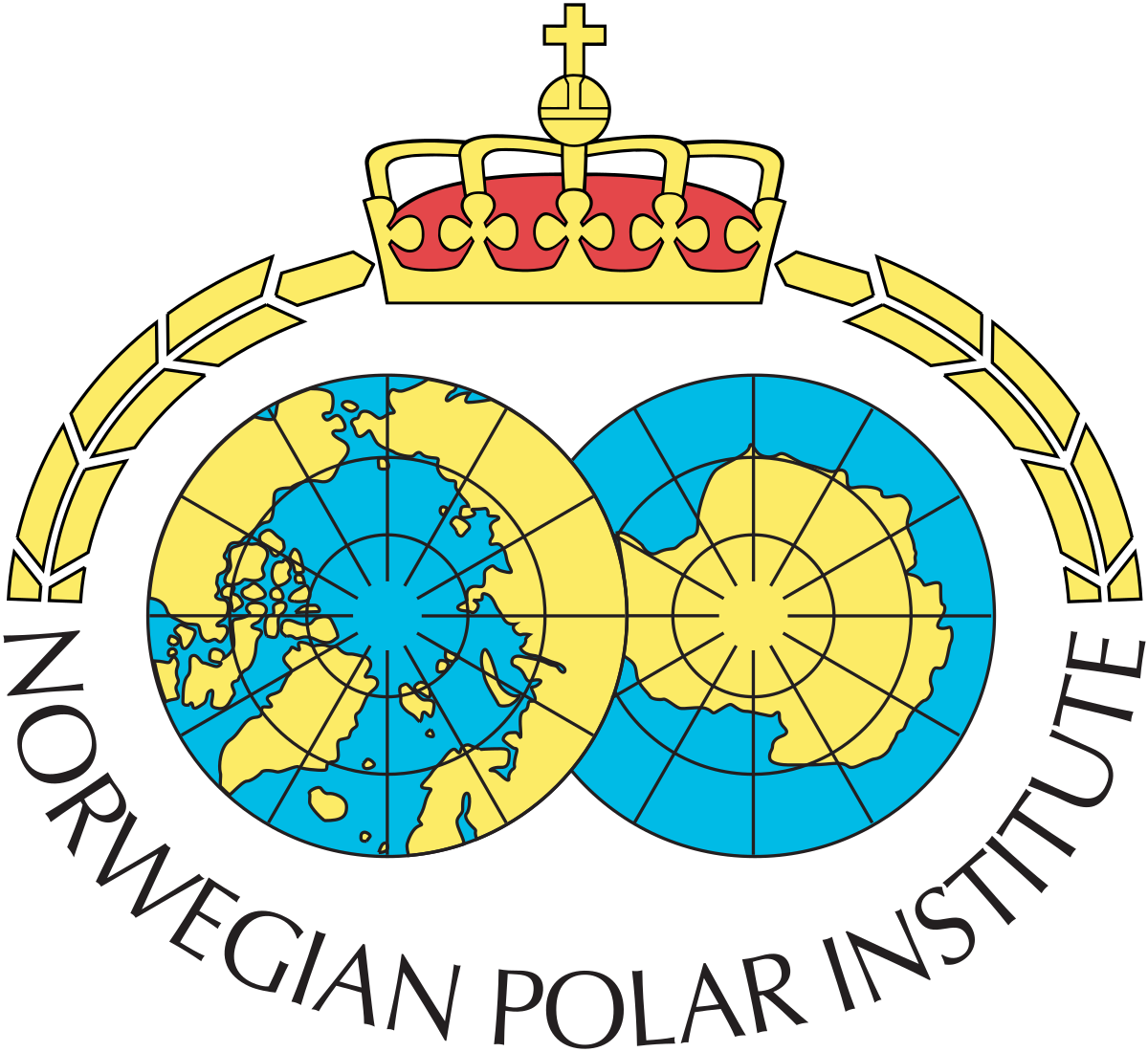
CAFF (Conservation of Arctic Flora and Fauna) and APECS are teaming up to provide more opportunities for early carreer researchers. CAFF is looking for an APECS member to participate in and contribute to a project entitled "Status and Conservation Issues of Arctic Sea Ice-associated Biodiversity."
The first event associated with this collaboration is a meeting in Vancouver, British Columbia March 22-24. CAFF is especially interested in a fairly local participant, and if possible someone with a food chain specialist background. Please see the project info below and the workshop invitation here. See the project website here.
The meeting is approaching quickly, so if you're interested in this opportunity, please email apope00 [at] gmail [dot] com with your CV and a statement of interest by February 21st at the very latest.
Project Outline: Status and Conservation Issues of Arctic Sea Ice-associated Biodiversity
Conservation of Arctic Flora and Fauna
A. Introduction
Climate models indicate trends towards reductions in the extent and thickness of sea ice in the Arctic. Many species are found in association with this ice and can therefore be expected to be significantly affected by the projected reduction in ice availability. It is also important to recognize that sea ice-associated species are trophically linked directly and indirectly to others in marine and terrestrial ecosystems and must be considered in any analysis of the effects of sea ice loss.
Consideration of the effects of warming oceans on ice-dependent species in the Arctic is well underway. SWIPA (Snow, Water, Ice and Permafrost in the Arctic) is the Arctic Council's Project on Climate Change and the Arctic Cryosphere. This project has reviewed the biological impacts of changes to sea ice in the Arctic and summarizes the role sea ice plays for several key species in the north. This kind of information will prove valuable for the ecosystem-level analysis that will be conducted as part of the project proposed here. In addition to SWIPA, this project will build on other initiatives like the Arctic Biodiversity Assessment, a project of the Conservation of Arctic Flora and Fauna (CAFF) that is synthesizing and assessing the status and trends of biological diversity in the Arctic
B. Project objective
Building on the results of existing work as outlined above, the objective of this project is to provide a summary of the current status and trends of sea ice-associated biodiversity, including direct effects on marine species and indirect effects on terrestrial species, discuss the expected reaction of these biota to lower occurrences of ice, reflect on the effects low ice and its impact on biodiversity to northern peoples, and finally, to recommend actions that might mitigate these changes.
This project has three phases. The first phase will consist of a workshop that identifies issues and actions that will form the substance of a technical report; a list of authors and an outline of the report will be a product of this initial meeting. The second phase will involve the preparation of the technical report and accompanying recommendations for action. The third phase will be communication of the results and recommendations to a non-technical audience.
Phase 1
The first step towards meeting the above objectives will be carried out in a workshop where a series of discussions will outline past trends and the current situation for sea ice-associated biodiversity and project what might happen in the future.
Attendees will include those with knowledge of sea ice-associated biodiversity and cultures including experts with traditional knowledge, scientific knowledge of sea ice-associated species and knowledge of overall ecosystem functioning in polar regions. Topics for discussion will encompass:
Overview of sea ice ecosystems – what benefits are gained by wildlife and people who have evolved in association with sea ice? Review of ecosystem function in regions where sea ice is integral – what role does sea ice play? For which species is sea ice essential and for which species does it merely enhance survival – can wildlife and people adapt to an ice-free scenario? What species are likely to move into Arctic oceans with a reduction in sea ice and what is the expected effect on northern biodiversity and people? If a given species is removed or pushed out of the system by species expanding their northern range, will it negatively/positively affect other wildlife and people? Will the disappearance of sea ice affect the genetic diversity of species that survive? Will there be short and/or long term implications of changes in genetic diversity?
Building on the discussion of the current and future state of sea ice-dependent biodiversity, the second step in this process will consider issues facing sea ice-associated biodiversity and what actions might be required to adapt to or mitigate the effects of reduced availability of Arctic sea ice. Topics for consideration could include:
What are the urgent issues that face sea ice-associated biodiversity (e.g. northerly range extensions of species from the south, ocean temperature change, increased human activity, etc.)? Are changes in these issues measureable? If not, what can be measured? What issues are measurable but secondary? These are the issues that might not warrant immediate action but could be monitored. Given key issues, what are the most important actions that can be taken in support of sea ice-associated biodiversity? What are the key information gaps that require targeted research? What are the preferred methods for monitoring sea ice-associated biodiversity (community based census, atlas approach, indicator species, remote sensing)? What conservation actions can be undertaken to mitigate the effects of a reduction in sea ice availability for Arctic people and wildlife.
Based on the results of the first two components of this workshop, participants will discuss the outline of a final report on sea ice-associated biodiversity.
The outcome of the Vancouver workshop will be a summary of discussions and the development of an outline or table of contents of the final report.
Participants will be asked to volunteer to draft sections of the final report to be completed in the months following the Vancouver workshop.
Phase 2
This phase will consist of writing a short, properly referenced and reviewed technical report that documents the status, trends and issues identified in Phase 1 and proposes recommendations. This second workshop is expected to occur in Russia, and will finalize the report by discussing and refining recommendations, as well as indicate a process for implementing recommendations.
Phase 3
This phase will develop non-technical materials that communicate the results of Phases 1 and 2.


